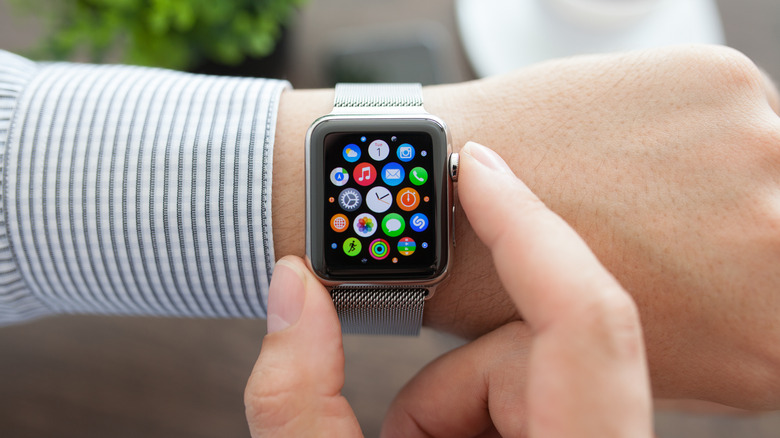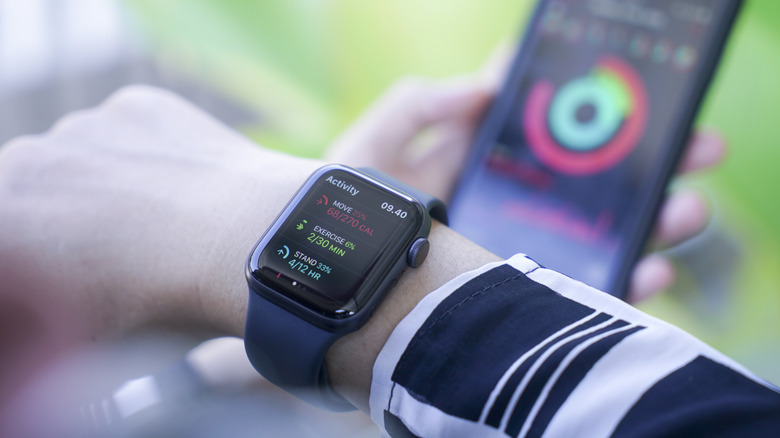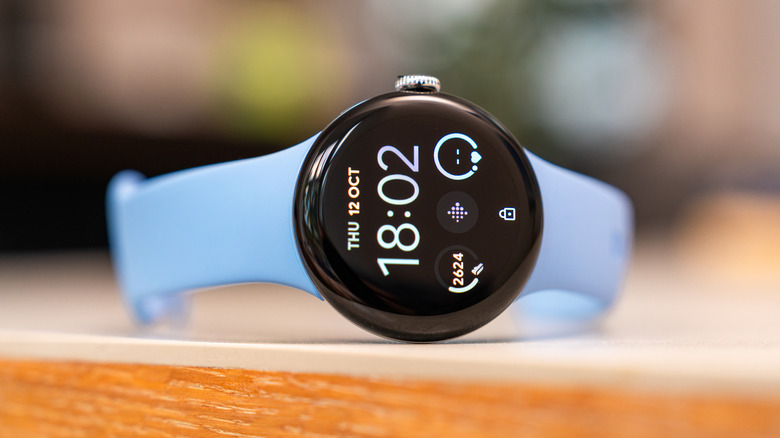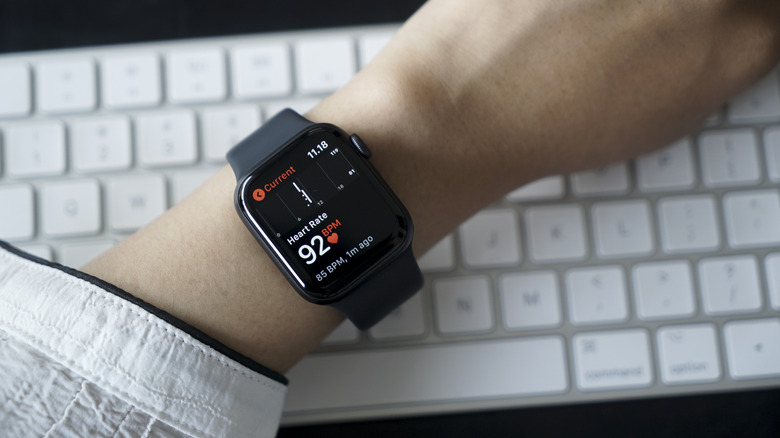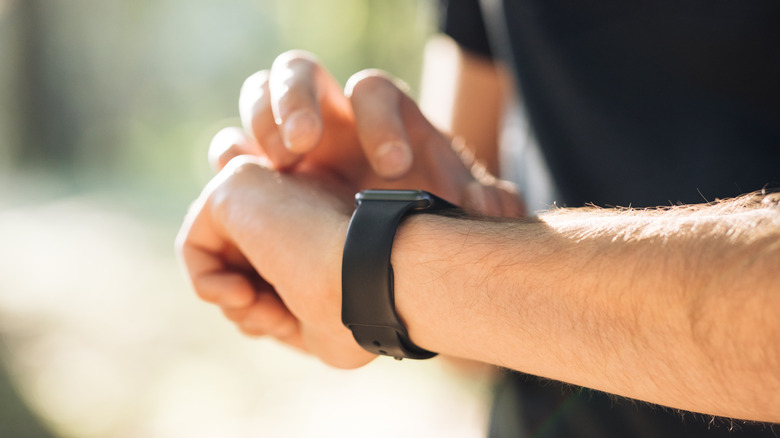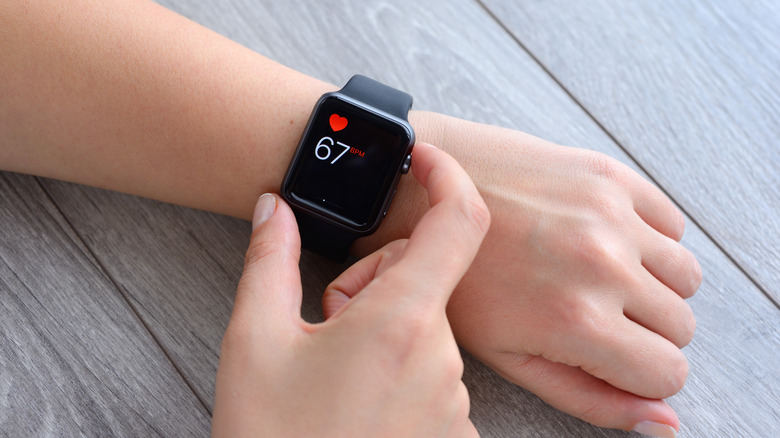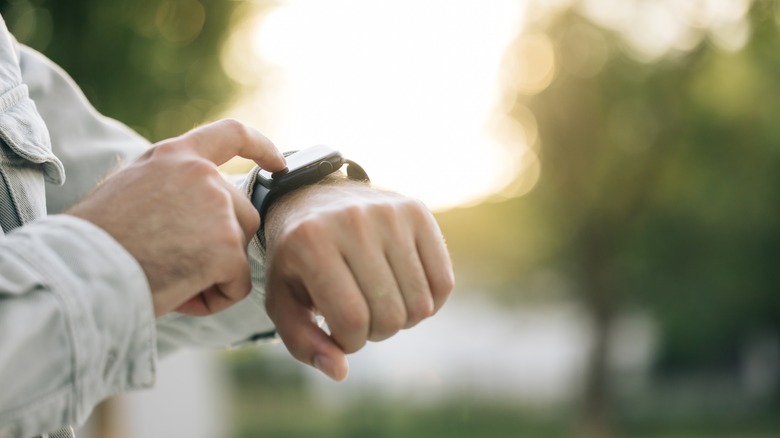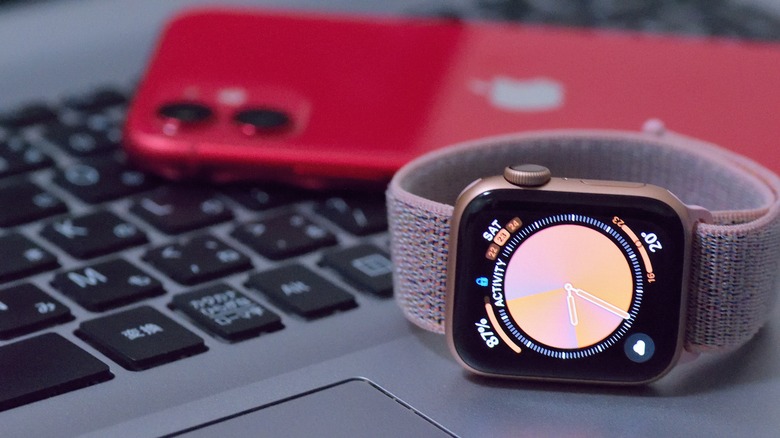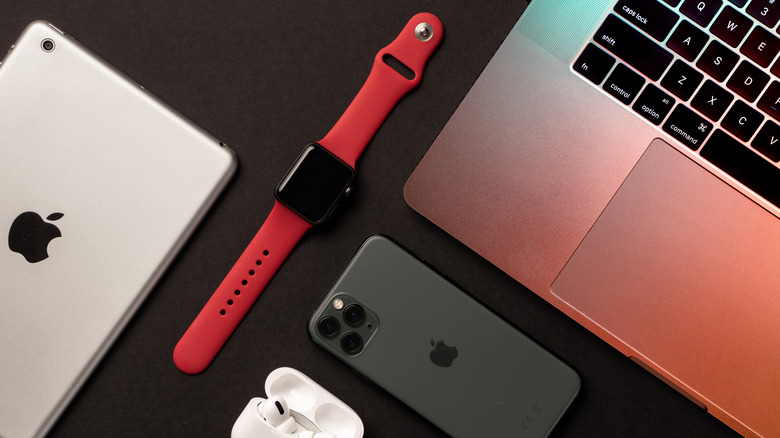Apple Watch Series 9 Vs Fitbit & Google's Pixel Watch 2: Which Is Best For You?
As the competition grows between Apple and Google's latest handsets, the two tech giants are also racing to build the best smartwatch on the consumer market. The Apple Watch Series 9 and Google Pixel Watch 2 are two of the latest models to enter the market, boasting a powerful chip, vivid displays, and an ample battery life. But which smartwatch is best suited for you, and how do they compare against one another in different metrics?
While Google's first iteration of the Pixel Watch was surprisingly convincing, the company has continued to bring out the best features of the watch, including an improved battery life and added sensors. After taking over Fitbit in 2021, the smartwatch offers synchronization with the Fitbit app, so you can easily stay on top of your fitness goals. Apple's Series 9 Watch also packs plenty of sensors for monitoring your health in addition to a bright display and its latest custom-made processor.
We'll be exploring what features are packed inside Apple and Google's latest smartwatch inventions, so you know which company to put your money behind.
What is the Apple Watch Series 9?
The Apple Watch Series 9 is Apple's latest version of its smartwatch lineup, boasting an improved processor and one-handed gestures over its older iterations. Rather than a complete overhaul of design, the smartwatch focuses on improvements made to the Series 8 and Series 7 models. While it may not look like much has changed on the outside, there are a few notable differences between the Apple Watch Series 9 and Series 8 model that may attract some Apple fans.
The watch, made available for sale in late September 2023, features the new S9 SiP dual-core processor with a 4-core neural engine for handling machine learning tasks faster. The watch's maximum brightness levels are a significant improvement at 2,000 nits, double the Series 8's offering of 1,000 nits. Built on Watch OS 10, the Series 9 offers a redesigned interface from the previous operating system, the Watch OS 9, with a collection of new watch faces and compass tools.
For maximum protection against dust, the Apple Watch Series 9 has an IP6X rating, and it's claimed to be water-resistant up to 50 meters. So, you shouldn't run into any issues when using your Apple Watch for intense workouts.
What is the Google Pixel Watch 2?
Google, owner of Fitbit, has a tempting alternate offer for Android users with its Pixel Watch 2. Similar to Apple, the watch carries a striking resemblance to its earliest model, the Google Pixel Watch, but boasts a better battery life, faster CPU, and a skin temperature monitor.
Due to its recycled aluminum design, The Pixel Watch 2 (weighing 1.09oz) is lighter than Apple's Series 9 offering, which is ideal if you dislike wearing something too heavy on your wrist. The watch packs in 2GB of RAM but only half the storage of the Series 9 Watch. That being said, the Pixel Watch 2's 32GB storage space is still an ample amount compared to other smartwatches, such as the Galaxy Watch 6's 16GB.
Brightness-wise the smartwatch is on par with Apple's previous smartwatch iteration, the Series 8, reaching a peak brightness of 1,000 nits, not quite the offering from the Series 9. So, you might not be guaranteed the same visibility in bright and darker places that Apple's Watch Series 9 offers. The Google Pixel Watch 2 offers better performance than the first iteration thanks to its Qualcomm 5100 chip.
Apple Watch Series 9 vs Google Pixel Watch 2: What are the key features?
Arguably Apple's most-discussed feature of the Series 9 watch is its double-tap gesture. The feature offers hands-free operation, including the ability to start and stop music, answer calls, and take photos, all with a quick double-tap of your thumb and index finger.
Thanks to its new powerful S9 SiP chip, the Apple Watch Series 9 can also help you find your iPhone with its Precision Finding feature. Relying on audio and visual cues, the feature is perfect for those who are always misplacing their phone.
Similar to Apple, Google offers hands-free functionality with the help of Google Assistant, which now provides health and fitness statistics. But undoubtedly, one of Google's most prominent features is its integration with Fitbit. The Pixel Watch 2 features three new sensors, including an improved heart rate sensor, so you can get more reliable health data during training. Another addition is the continuous electrodermal activity (cEDA) sensor that helps to detect stress levels, which makes the Pixel Watch 2 a companion for your mind as well as your body.
Apple Watch Series 9 vs Google Pixel Watch 2: How does the battery life compare?
As modern watches become more like smartphones, so too does their battery life. If you're using a resource-hungry watch like Apple's Series 9 or Pixel Watch 2, a battery life of 24 hours is reasonable given the power the watches consume. But given the watches' sensible recharging times (with both models taking just over an hour to fully charge), this shouldn't be too much of an issue.
Google's Pixel 2 Watch comes with an improved battery life over its previous model, built to last all day. According to tests from Google, the watch's battery can last 24 hours with the Always-On feature enabled. This follows testing conditions including 45 minutes of LTE and GPS workout sessions, 50 minutes of navigation in Google Maps, and 240 notifications.
Apple offers similar battery performance, with the Series 9 offering an all-day battery life of 18 hours (during regular use), or 36 hours (in Low Power Mode.) If none of these sound pleasing, you can opt for the tougher Apple Ultra Watch 2, offering up to 72 hours of battery life in Low Power Mode. Overall, battery performance is a tie for these two flagship smartwatches.
Apple Watch Series 9 vs Google Pixel Watch 2: What are the health, fitness, and safety features like?
The Pixel Watch 2 features a redesigned multipath heart rate sensor, which claims to capture 40% more than its predecessor. The watch also helps you meet your fitness goals by allowing you to set custom heart rate zones during training. You'll get notified if you fall outside of your desired heart rate zone.
Google's latest watch also has some clever safety features on offer. One feature named Safety Check automatically reaches out to an emergency contact if you've been unresponsive for a set amount of time. What's more, the Google Pixel Watch 2 comes with six months of Fitbit Premium, giving you access to additional features. This includes a Daily Readiness Score, Sleep Profile, and workout videos and audio guides.
Despite Fitbit's regime in providing real-time health data, Apple isn't shy of equipping serious health-tracking sensors on its Series 9 watch. With blood oxygen monitoring, irregular heart rate notifications (also offered by Google), and sleep tracking, you can stay on top of your health 24/7. While Apple's Series 9 Watch does offer some useful metrics, critics have pointed out that more could be done to handle data interpretation, giving users better contextual health data.
Apple Watch Series 9 vs Google Pixel Watch 2: Pricing
Google's Pixel Watch 2 features two pricing tiers depending on which model you buy. The Wi-Fi-only model comes in at $349 while the LTE version (offering internet connectivity) is priced at $399. As well as the 6-month Fitbit premium trial, you'll also get 1 month of YouTube Premium (sorry, Spotify fans), and you can save money by trading in your old device.
The Apple Watch Series 9 has a starting price of $399, $400 cheaper than its premium Ultra Watch 2. The cheapest model also features a recycled aluminum design and GPS connectivity. Opting for a cellular connection will cost $499, so it's probably only worth upgrading if you constantly leave your iPhone behind. The Apple Watch Series 9 is supported by several mobile networks, including AT&T and T-Mobile. You can check if your carrier supports Apple Watch online.
Another important measurement to consider is the display size. The Google Pixel Watch 2 is available only in one size (41mm with a display size of 1.2 inches), whereas the Apple Watch features two sizes: 41mm (with a 1.69-inch display) and 45mm (featuring an impressive 1.9-inch display). The larger display will cost you more money, with the 45mm model starting at $429, but if you can't cope looking at a small display, it may be worth the upgrade.
Which smartwatch should you buy?
First and foremost, the smartwatch you buy strongly depends on what mobile operating system you use. The Apple Watch Series 9 works with iPhones only (operating on iOS 17 or later). Meanwhile, unlike many Fitbit models which support both iOS and Android, Google and Fitbit's Pixel Watch 2 only supports Android devices (running on Android 9.0 or higher), so you can forget about it if you're a lifelong iPhone user.
The software and operating system running the watches also make them remarkably different. The Series 9 Watch runs on Apple's latest WatchOS 10, known for its Smart Stack of widgets and visual improvements to its previous version. WatchOS 10 also features Family Setup, offering parental controls for children, even if they don't own an iPhone. Google's equivalent operating system, Wear OS 4.0, is all about strengthening the Google ecosystem, offering all the mobile essentials like Calendar and Gmail as well as the improved Google Assistant. If your work life revolves around your Google Account, the Pixel Watch 2 is a must-buy.
Overall, there's a lot on offer when picking between a smartwatch from the two tech giants. If you're looking for detailed health data and insights, the Pixel Watch 2's seamless integration with Fitbit is likely to surpass your needs. If you're seeking more storage space, a larger display, and parental controls, the Apple Watch Series 9 is the route to go.
Methodology
To provide an accurate understanding of what specifications and features the smartwatches offer, we've gathered technical information directly from Apple and Google. Trusted reviews of both smartwatches have also been considered, including our own reviews and comments from PCMag and TechRadar. To help determine which watch is right for you, we focussed on the crucial aspects of battery life, display, pricing, as well as health-tracking capabilities.
